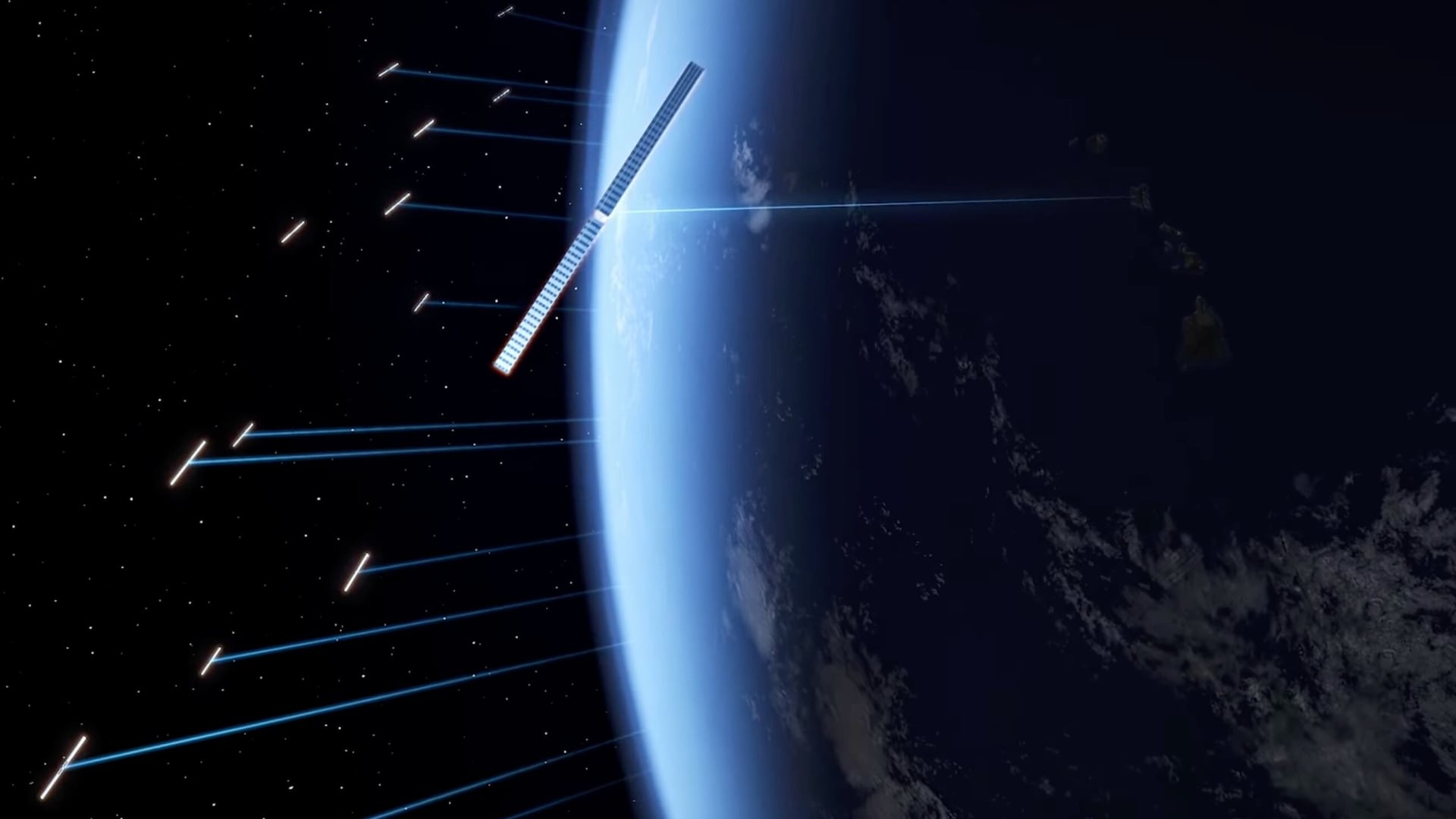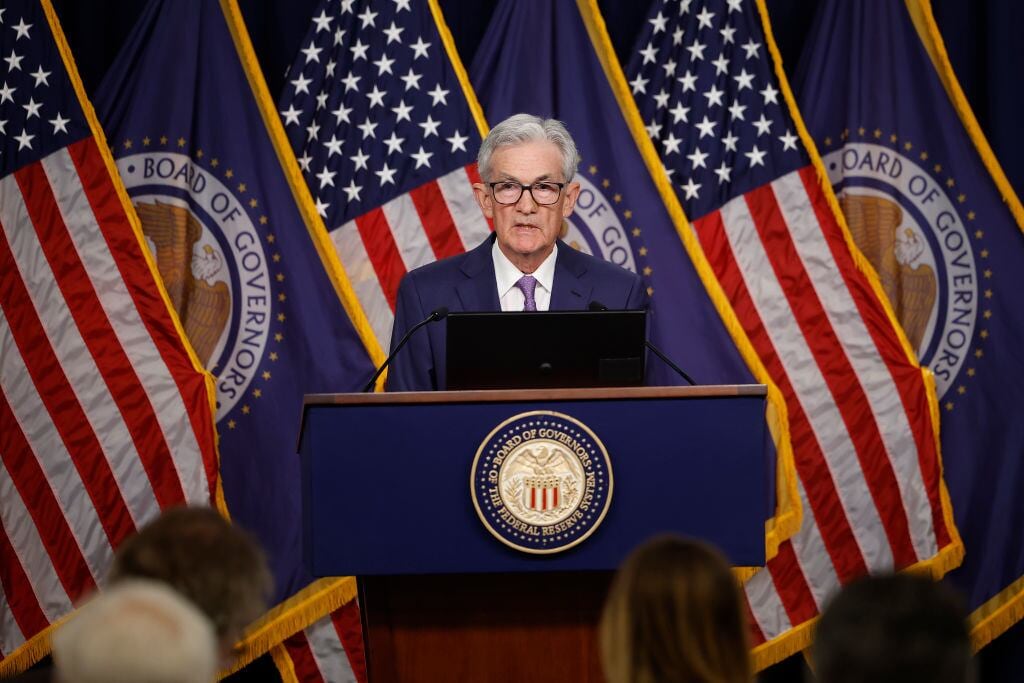By Paul Wiseman
U.S. job openings fell in March to the lowest level in nearly two years, a sign that the American labor market is cooling in the face of higher interest rates.
Employers posted 9.6 million vacancies in March, down from nearly 10 million in February and lowest since April 2021. The Labor Department's Job Openings and Labor Turnover Summary, out Tuesday, showed that layoffs rose to 1.8 million, the highest level since December 2020.
The number of Americans quitting their jobs — a sign they have confidence they can find better pay or working conditions elsewhere — dropped to 3.9 million, lowest since May 2021.
The American job market is strong but losing momentum. The Federal Reserve has raised its benchmark interest rate nine times in just over a year in a bid to rein in inflation that last year hit a four-decade high. And higher borrowing costs are taking an economic toll.
A hot job market can push up wages — and overall prices.
“Overall the JOLTS report shows a historically tight labor market that is finally starting to slacken more quickly, something Fed officials have been seeking for several quarters,''' Contingent Macro Advisors said in a research note.
The job market is cooling but remains strong by historic standards. Monthly job openings had never exceeded 10 million until 2021, then reeled off 20 straight months above that threshold. The streak ended in February.
The Labor Department on Friday releases the jobs report for last month. Forecasters surveyed by the data firm FactSet expect that employers added fewer than 182,000 jobs in April, which would be the third straight monthly drop since payrolls rose by a robust 472,000 in January.
The unemployment rate is expected to blip up to 3.6% in April, a couple of notches above January's half-century low 3.4%









